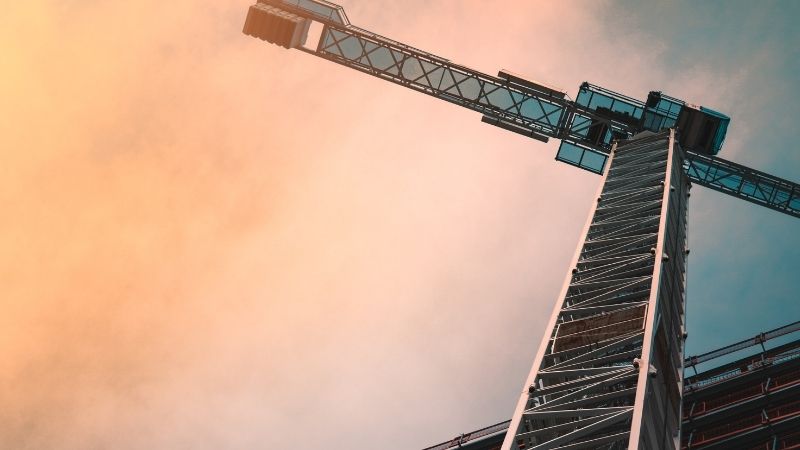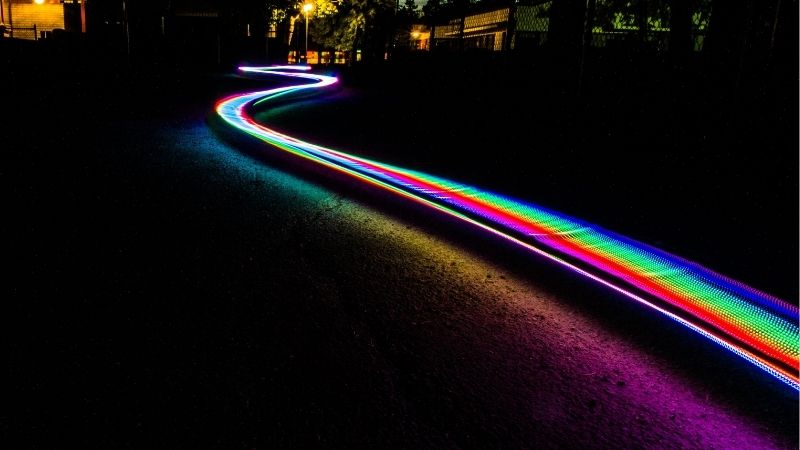March 31, 2021
Rob van Brunschot, Signify’s Country & Commercial Leader for Sweden, explains the role lighting retrofits can play in meeting ambitious sustainability targets
To achieve Europe’s 55% carbon emission reduction target by 2030, the EU should focus on reducing greenhouse gas emissions in the built environment. And luckily, this is planned. Through the renovation wave in the Green Deal, the EU plans to renovate building stock across the bloc.
Here’s why that’s very good news.
Buildings consume roughly 40% of Europe’s annual energy budget. 80% of the buildings that exist today will still be standing in 2050, and most of them aren’t very energy efficient. The objective is to at least double the annual energy renovation rate of residential and non-residential buildings and have 35 million building units renovated by 20301.

One of the simplest ways to achieve energy savings is to upgrade lighting to LED or connected lighting. It is perhaps the quickest and easiest aspect of a renovation project as there is no need for structural changes to the building and it can be performed without hassle.
In its simplest form, it is as quick and easy as changing a light bulb. My personal mission is to show the potential of the often-underestimated impact of light.

Renovation is a great way to make a building smarter. A building’s lighting grid can provide the infrastructure for digitalization, with sensors to help optimize the usage and energy efficiency of the building while at the same time creating a better and more productive work environment. So, let´s make sure that renovation isn’t only done with a focus on energy savings, but also with a focus on the wellbeing of employees.
If we take a closer look at the luminaires, it’s now possible to 3D print them. Compared to those manufactured in a traditional way, a typical 3D-printed luminaire has at least a 47% lower carbon footprint. It also weighs less and is locally produced, which means lower emissions from transportation.
1 https://eur-lex.europa.eu/legal-content/EN/TXT/?qid=1603122220757&uri=CELEX:52020DC0662
2 Education, Healthcare, Manufacturing, Municipal Buildings, Offices (public and private), Warehouses
3 SE data presented here are a summary of the Signify EU Green Deal conventional light point conversion exercise and should only be considered as a function of SE market figures and the relevant market model. All figures and data presented here are illustrative and based on forecasts and assumptions. These figures are only directional and not to be quoted in formal planning processes. Light point references compiled from Eurostat Data.
For editorial enquiries:
Signify Global Integrated Communications
Neil Pattie
Tel: + 31 6 15 08 48 17
Email: neil.pattie@signify.com
Signify (Euronext: LIGHT) is the world leader in lighting for professionals, consumers and the Internet of Things. Our Philips products, Interact systems and data-enabled services, deliver business value and transform life in homes, buildings and public spaces. In 2023, we had sales of EUR 6.7 billion, approximately 32,000 employees and a presence in over 70 countries. We unlock the extraordinary potential of light for brighter lives and a better world. We have been in the Dow Jones Sustainability World Index since our IPO for seven consecutive years and have achieved the EcoVadis Platinum rating for four consecutive years, placing Signify in the top one percent of companies assessed. News from Signify can be found in the Newsroom, on X, LinkedIn and Instagram. Information for investors is located on the Investor Relations page.
